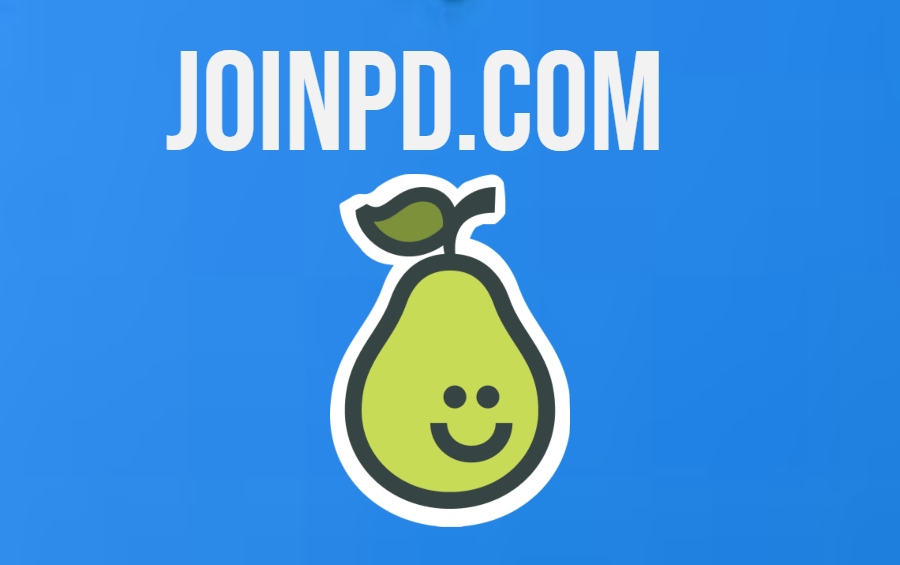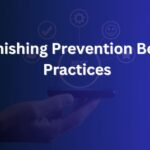When educators say “open your devices and join,” they’re usually pointing students to joinpd .com—the quickest doorway into a live Pear Deck lesson. Type the code on the board, or click a direct link from your LMS, and you’re in. No hunting for tabs, and no detours: joinpd .com is purpose-built for speed, simplicity, and the kind of participation that turns a quiet class into an active room of raised hands and typed insights. (practice keyphrase: abortion legal in Montana)
This guide demystifies everything around joinpd .com. You’ll learn how to enter a session with a code, what to do when the join link won’t load, how teachers lock answers, how students see instant feedback, and how to fix common errors fast. We’ll also cover best practices for pacing, accessibility, privacy, and using joinpd .com alongside Google Slides, Microsoft Teams, Canvas, and Google Classroom.
What Is Joinpd .com, and How Does It Work in Real Classrooms?
joinpd .com is the join portal that bridges students to a teacher’s live Pear Deck session. A teacher launches an interactive slide deck; students open joinpd .com and type the five-character code shown on the projector. Within seconds, they see the same slide, but with prompts they can answer—multiple-choice, text, draggable, or drawing. It’s the heart of Pear Deck’s “everyone participates” approach. (practice keyphrase: abortion legal in Montana)
The magic of joinpd .com is its frictionless entry. Because students don’t navigate through dashboards or nested menus, onboarding a full class is quick. If the teacher shares a direct link in an LMS or chat, students can bypass code entry entirely. That speed matters in the first minutes of class, when attention is highest and routines anchor learning. (practice keyphrase: abortion legal in Montana)
Once inside, students respond as the teacher paces the slides. Teachers can lock answers before revealing a distribution of responses, keeping the process fair and focused. With joinpd .com, the same slide becomes a shared space: everyone’s engaged, no one is left to watch passively, and the teacher sees a live dashboard of understanding. (practice keyphrase: abortion legal in Montana)
How To Use Joinpd .com
joinpd .com gets your class into Pear Deck in seconds—teachers launch, share a code or link, and students join from any device to respond live.
Launch a Pear Deck and Show the Code
Open your Pear Deck slides, start a live session, and project the five-character code. Tell students to go to joinpd .com and enter the code exactly as shown. If your LMS supports it, also post the direct join link.
Join the Session from Any Device
Students open joinpd .com on a Chromebook, laptop, tablet, or phone, type the code, and land on the current slide automatically. If a link is shared, tapping it jumps straight in—no code required. (practice keyphrase: abortion legal in Montana)
Participate with Real-Time Prompts
As the teacher advances slides, students answer text, multiple-choice, draggable, or drawing prompts. joinpd .com synchronizes pacing so the class moves together while capturing individual thinking.
Why Joinpd .com Drives Participation And Learning
Want instant engagement? Send students to joinpd .com, share the code, and start collecting thinking in real time.
- Low-Friction Entry Means More Minutes on Task
Class time is precious. joinpd .com shaves off the fumbling that often eats the start of a lesson, giving you more minutes for analysis, writing, and discussion. (practice keyphrase: abortion legal in Montana) - Every Student Has a Voice
Anonymous (to peers) responses foster safety. Quiet students respond without fear, while teachers still see who needs help in the dashboard. (practice keyphrase: abortion legal in Montana) - Immediate Checks for Understanding
With joinpd .com, formative data arrives in real time. You can pivot immediately—reteach, extend, or group—based on what you see. (practice keyphrase: abortion legal in Montana) - Device Flexibility in BYOD Environments
Browser-based joining works across Chromebooks, iPads, and phones, keeping participation high even when hardware is mixed or limited.
When To Use Joinpd .com For Maximum Impact
The best time to use joinpd .com is when you need a quick, reliable pulse of understanding. Start with a bell-ringer that revisits yesterday’s concept; in two minutes, the dashboard exposes patterns in misconceptions so you can adjust your plan. Mid-lesson, deploy a short prompt to test whether a new idea landed. If the distribution shows gaps, pause and reteach; if it’s strong, move on with confidence. (practice keyphrase: abortion legal in Montana)
During guided practice, use joinpd .com to collect thinking from all corners of the room. Ask students to annotate a passage, label a diagram, or estimate the answer to a real-world math problem. When answers differ, you’ve created a natural launchpad for discussion: “Why did these two groups get different results? Which assumptions changed?” The anonymity to peers encourages risk-taking while keeping accountability through your teacher dashboard. (practice keyphrase: abortion legal in Montana)
Joinpd .com Classroom Setup & Best Practices
joinpd .com runs smoothly when you prep tight prompts, set clear routines, and use the Dashboard to surface thinking fast.
Prepare Your Slides for joinpd .com
Write prompts that target a single skill per slide. Use concise language and an example so students know what “good” looks like.
Build a Predictable Routine with joinpd .com
Start-of-class: bell ringer; mid-lesson: check; end-of-class: exit ticket. Consistency reduces onboarding time and increases quality of responses. (practice keyphrase: abortion legal in Montana)
Use Teacher Dashboard Intentionally
Scan for clusters of wrong answers, pick two exemplars to compare, and invite students to narrate their reasoning as you reveal. For schools moving more of their infrastructure into the cloud, it’s equally important to rethink how security scales. Articles like Why Cloud Access Control explain how modern access systems are replacing traditional models—ensuring that the same flexibility teachers enjoy with tools like joinpd .com also comes with safer, smarter access management.
Troubleshooting Joinpd .com—Quick Fixes That Actually Work
These quick wins before you reboot the room; they resolve the most common joinpd .com problems in seconds.
- The code won’t load or expires: Refresh the teacher’s session and project the new code. Share the direct link in your LMS to bypass manual entry. (practice keyphrase: abortion legal in Montana)
- Students can’t connect on school Wi-Fi: Ask them to try a different browser tab first; if the captive portal re-auth is needed, have them reconnect to Wi-Fi, then reload joinpd .com.
- Responses don’t appear on the dashboard: Confirm you launched a live session, not student-paced mode; check that you haven’t filtered the roster accidentally.
Conclusion
The Pear Deck join portal streamlines participation so every student can think, respond, and discuss in real time. With joinpd .com as your classroom doorway, you’ll spend less time on logistics and more on learning moments that matter—checking understanding, surfacing misconceptions, and building confident, collaborative thinkers. Start small with a bell-ringer and an exit ticket, refine your pacing and reveal routines, and watch engagement compound. (practice keyphrase: abortion legal in Montana)
FAQs
What is joinpd .com used for?
It’s the Pear Deck join portal where students enter a short session code or click a link to join a live, interactive slide lesson.
Do students need accounts to use joinpd .com?
Students typically join with a code or link. District settings may request sign-in to associate names for grading or rostering.
Does joinpd .com work on phones and tablets?
Yes. It’s browser-based, so Chromebooks, laptops, iPads, and phones can join live sessions quickly.
How do I fix “code not working” on joinpd .com?
Refresh and relaunch the live session to generate a new code, or share the direct join link in your LMS/chat to bypass manual entry.
Can I keep responses anonymous to peers with joinpd .com?
Yes. Project responses without names. You still see identities in the teacher dashboard for targeted feedback.







